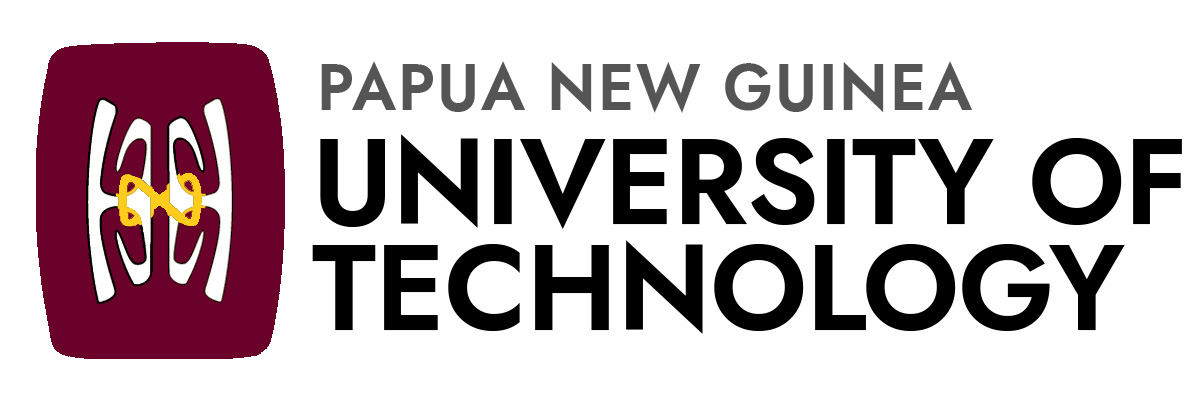The Papua New Guinea University of Technology
The Papua New Guinea University of Technology (Unitech) is located in Lae, Morobe Province of Papua New Guinea. It is Papua New Guinea's only technological institution, playing a vital role in the education of PNG elites, now contributing tremedously to the development of the country. Unitech has awarded since 2009 over 13, 029 degrees, diploma certificates to students mainly from Papua New Guinea and neighbouring Pacific Islanders. This represents a significant proportion of the Nation's professionally trained working population. Buildings worth seeing are the haus tambaran-style (spirit house) coffeehouse and the 36 Sepik-style carved pillars in Duncanson Hall. Parks and gardens surround the buildings. Unitech is located 8km out of town on Bumbu Road.
Lae is the capital of Morobe and Papua New Guinea second-largest city. It was once a tiny mission station before the 1920s goldrush at Wau, and later developed into a major seaport. The town is well serviced by banks, hotels, department stores, markets and artefact shops. Goldmining, birdwatching and butterflies can be seen around Wau and Bulolo in the hills south of Lae. Lae is linked to the Highlands by the Okuk Highway.
SOME FACTS AND FIGURES
The University employs over 1,577 academic, technical and administrative staff. Many staff in senior academic positions are contract officers from overseas with advanced qualifications recognized internationally, but increasing number of Papua New Guineans are joining the ranks of the University’s senior academic, technical and administrative staff. At the end of 2011, the University graduated a historical, 15,775 graduates with higher degrees, diplomas and certificates. The graduates are mainly from within Papua New Guinea and neighboring Pacific Island countries. This represents a significant proportion of the Nation’s professionally trained working population.
STUDENTS AND COURSES
At present, the University has over 3000 students and it has the capacity to take many more as the numbers of qualified school leavers and mature candidates continue to increase, as well as accommodation space. Its academic life is centered on its 13 Academic departments, which provide advanced level teaching in the subjects of commerce, accountancy, management, commercial computing, agriculture, computer science, architecture and building, applied science, applied physics with electronics and instrumentation, radiation therapy, food technology, mining, civil, electrical and mechanical engineering, communication engineering, electronic engineering, forestry, language & communication, surveying, cartography and land management, with the range of courses expanding as its resources grow. One pleasing feature of recent years has been the steady growth in the number of female students, thus adding to the variety of both the academic and social life of the University as well as improving the “balance” of the community as a whole. The University attracts a number of mature students, but the bulk of its students come from the National High and Secondary Schools. Recruitment is at grade 12 level and equivalent. The length of courses varies between two years for certain diploma courses to five years for the degree programmes. Some courses contain one or more periods “in the field” for industrial or professional training, or literally in the field as in the case of Forestry, Building, and Engineering students. Whatever the length of the course, all students can be assured, that they are getting the very best training available in Papua New Guinea in those areas in which they will in due course, assume their professional responsibilities.
OUR HISTORY
The Papua New Guinea University of Technology was established by an Act of The House of Assembly in May 1965 as the Papua New Guinea Institute of Higher Technical Education and was located in Port Moresby. In 1968, it moved to a 500 hectare campus, nine kilometers from the city of Lae and in March 1970 it became the Papua New Guinea Institute of Technology. In August 1973, the institution had its name and status changed to The Papua New Guinea University of Technology and in September of the same year, the university status was declared by Chief Minister Michael Somare.
It is one of the six universities in Papua New Guinea and while its sister university the University of Papua New Guinea in Port Moresby, concentrates mostly on the arts, pure science, law and medicine, the University of Technology is focused mainly with teaching and research in technological or `applied' subjects. Hence, it is the only technological university in the South Pacific, outside Australia and New Zealand, and its reputation continues to grow, attracting vital interest within Papua New Guinea and its Pacific neighbors.
COUNCIL
The first chairman of the Council was Sir Herbett G Watkins, who following his sudden death in 1966, was replaced by Sir Louis Matheson, Vice Chancellor, Monash University as chairman and first chancellor of the University. Sir Louis retired at the end of 1975 and was succeeded by Sir Alkan ToLolo who had been a valuable member of the council since 1969.He was the First citizen chancellor of UPNG & Unitech. Mr. Philip Stagg succeeded Alkan ToLolo in 2004.
The Foundation Director was Dr.E.Duncanson who took up his post in 1966. He was succeeded by Dr.J. Sandover as Vice Chancellor. After J.Sandover left in 1976, the office was held in an acting capacity for three years by the former Director of the office of Higher Education Mr.M.Tigilai until the next subtantive Vice Chancellor, Prof.A. Mead who served from 1979-1983. Dr.M.Moramoro took over and later resigned in 1990. Professor S. Pearse served for an year and was replaced by Mr.M. Baloiloi in 1992. After six years in Unitech, Dr.J. Kaiulo took over in 1997.He resigned in March 2000. Dr.P. Siaguru was appointed Acting VC and had held his position until Mr. Misty Balioloi took up the Appointment in July 2001. He left the University to contest the General Elections in 2012. The current Vice Chancellor is Dr. Ora Renagi.
More Historic photoes available in our Gallery

